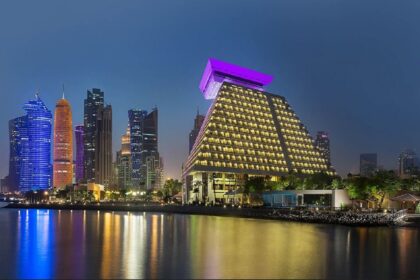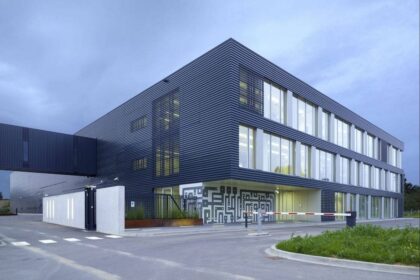In a strategic collaboration, French telecommunications giant Orange and Germany’s O2 Telefónica have teamed up with several other key partners to create a high-speed 5G corridor. The consortium includes tower companies TOTEM and Vantage Towers, as well as the University of Applied Sciences Saarland (htw saar). Together, they aim to revolutionize connectivity across a crucial 60km stretch of the French-German border.
The “5G Autobahn to Autoroute” Initiative
The initiative, dubbed “5G Autobahn to Autoroute” (5G A2A), will lay the foundation for the first cross-border 5G highway between France and Germany. Spanning from Metz in France to Saarbrücken in Germany, the corridor will provide cutting-edge gigabit-speed connectivity along major highways, enhancing mobility services and vehicle technology.
Timeline and Infrastructure Development
The ambitious project is set to break ground in early 2025, with completion expected by the end of 2027. The build will extend along significant stretches of highways: the A6 in Germany, and the A4 and A320 in France. The project is supported by funding from the European Union’s Connecting Europe Facility Digital Program, which seeks to bolster cross-border connectivity in the region.
Enhancing Mobility with Advanced 5G Services
One of the key advantages of the 5G highway will be the enhanced mobility services enabled by the network’s high-speed capabilities. These services will include cooperative lane changing, collision anticipation and prevention, automatic traffic jam alerts, and the testing of partially autonomous vehicles. The 5G infrastructure will provide the real-time connectivity needed to support these advanced automotive technologies.
Tower Companies’ Role in the 5G Buildout
TOTEM, the tower arm of Orange, will play a pivotal role in the infrastructure deployment, installing nine new masts and upgrading eight existing ones to ensure reliable 5G coverage across the corridor. This network will operate on the 3.5 GHz frequency, a crucial band for providing robust 5G service. Meanwhile, in Germany, Vantage Towers, in collaboration with O2 Telefónica, will deploy up to five radio masts using a distributed antenna system (DAS) to ensure comprehensive coverage on the 3.6 GHz frequency.
A Milestone in Cross-Border Connectivity
Nicolas Roy, CEO of TOTEM, emphasized the significance of the project as a demonstration of successful collaboration between tower companies and mobile operators. The project will provide the latest-generation 5G mobile network along one of Europe’s most important transportation routes. Roy further stated that the initiative highlights the consortium’s industrial expertise and ability to deploy customized infrastructure solutions across national borders.
Expansion Plans for 5G on German Highways
In addition to the 5G Autobahn project, O2 Telefónica has previously partnered with Autobahn GmbH to extend mobile phone coverage along Germany’s expansive motorway network, which spans over 13,000 kilometers. This partnership aims to bring 5G connectivity to an even larger portion of the country’s road infrastructure, further enhancing the role of mobile networks in the future of transportation.
Frequently Asked Questions (FAQ)
1. What is the 5G Autobahn to Autoroute (A2A) project?
The 5G Autobahn to Autoroute (A2A) project is a collaborative effort to build a high-speed 5G highway corridor linking Metz, France, to Saarbrücken, Germany. It aims to enhance connectivity along major highways and support advanced mobility services like autonomous vehicle testing and traffic management.
2. When will the 5G highway project be completed?
Construction on the 5G highway is set to begin in 2025, with the goal of completing the project by the end of 2027.
3. Which companies are involved in the 5G corridor project?
The project involves Orange, O2 Telefónica, TOTEM, Vantage Towers, and the University of Applied Sciences Saarland (htw saar). These companies are working together to deploy the necessary infrastructure to enable 5G connectivity along the corridor.
4. How will the 5G network support mobility services?
The 5G network will provide gigabit-speed connectivity, enabling advanced services such as cooperative lane changes, collision anticipation, automatic traffic alerts, and testing for autonomous vehicles.
5. What are the frequencies used for the 5G network in the project?
The 5G network will operate on the 3.5 GHz frequency in France, with a 3.6 GHz frequency deployed in Germany to ensure robust connectivity across the corridor.



















